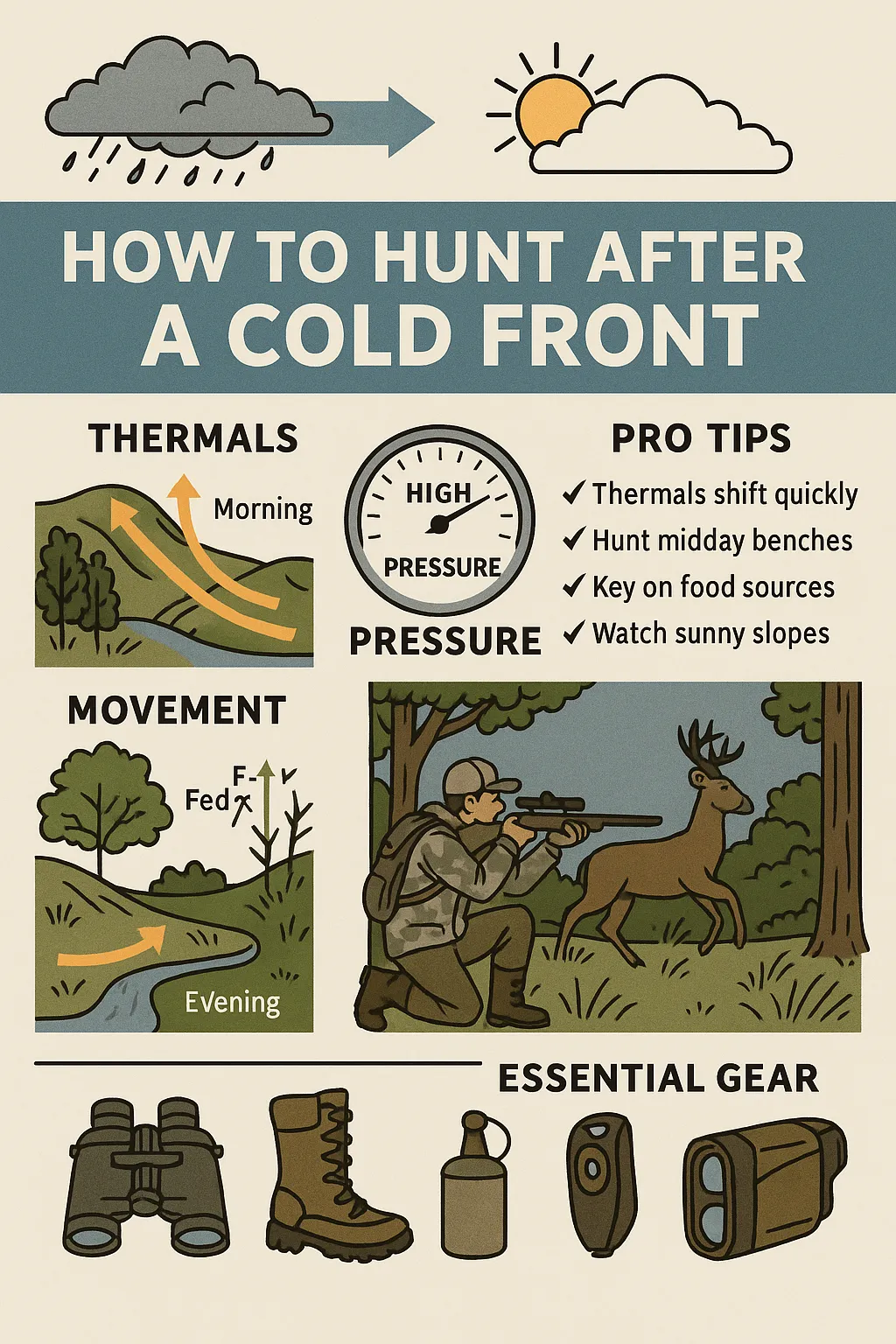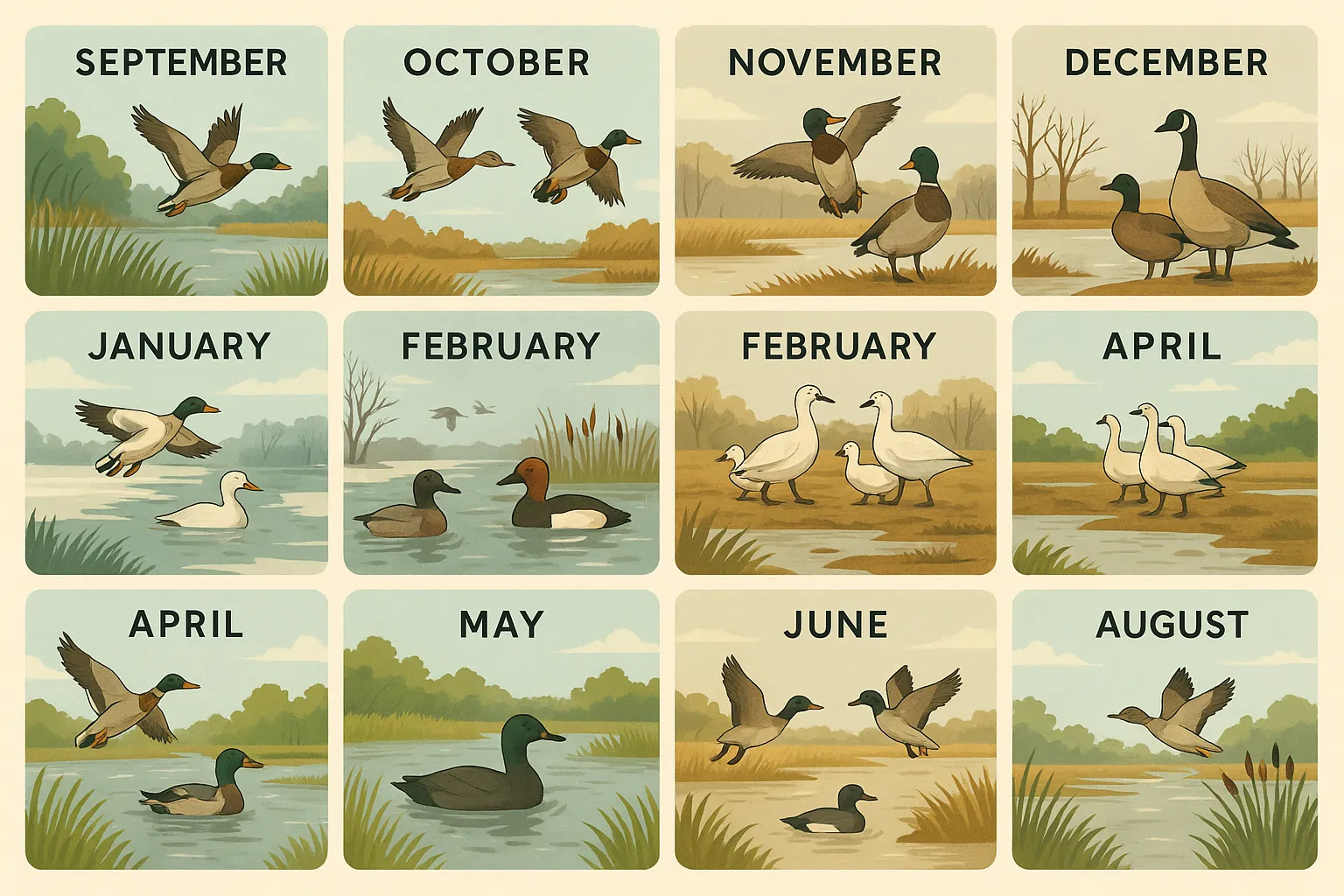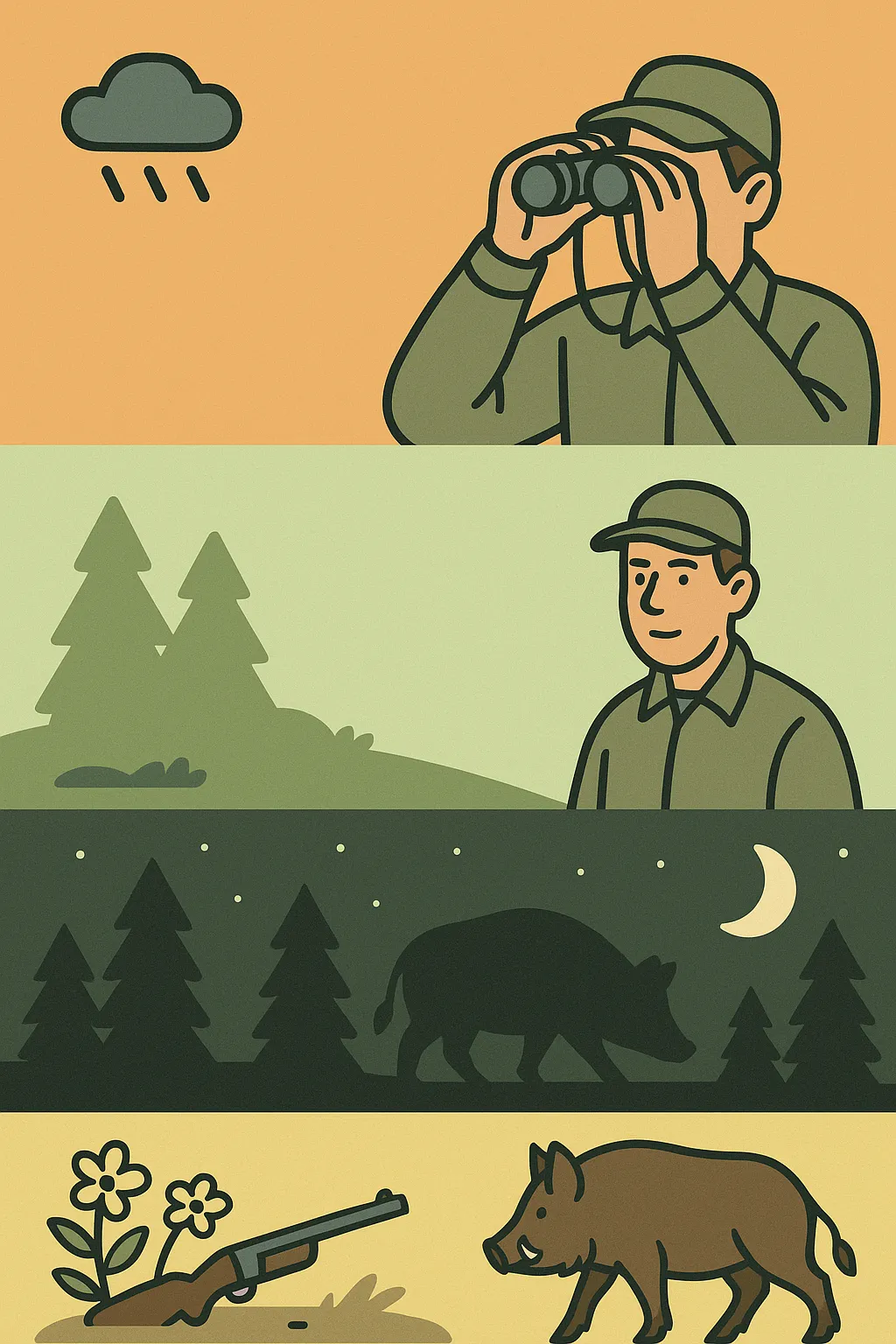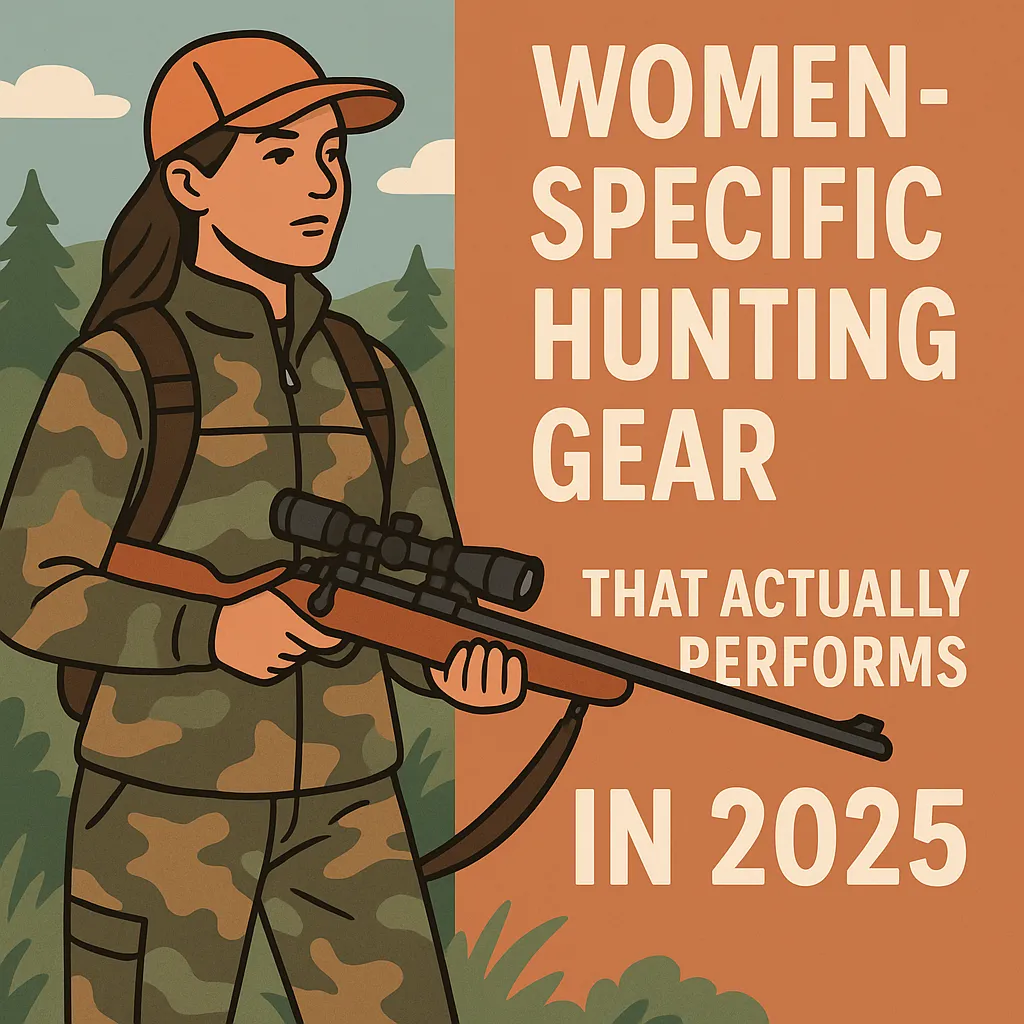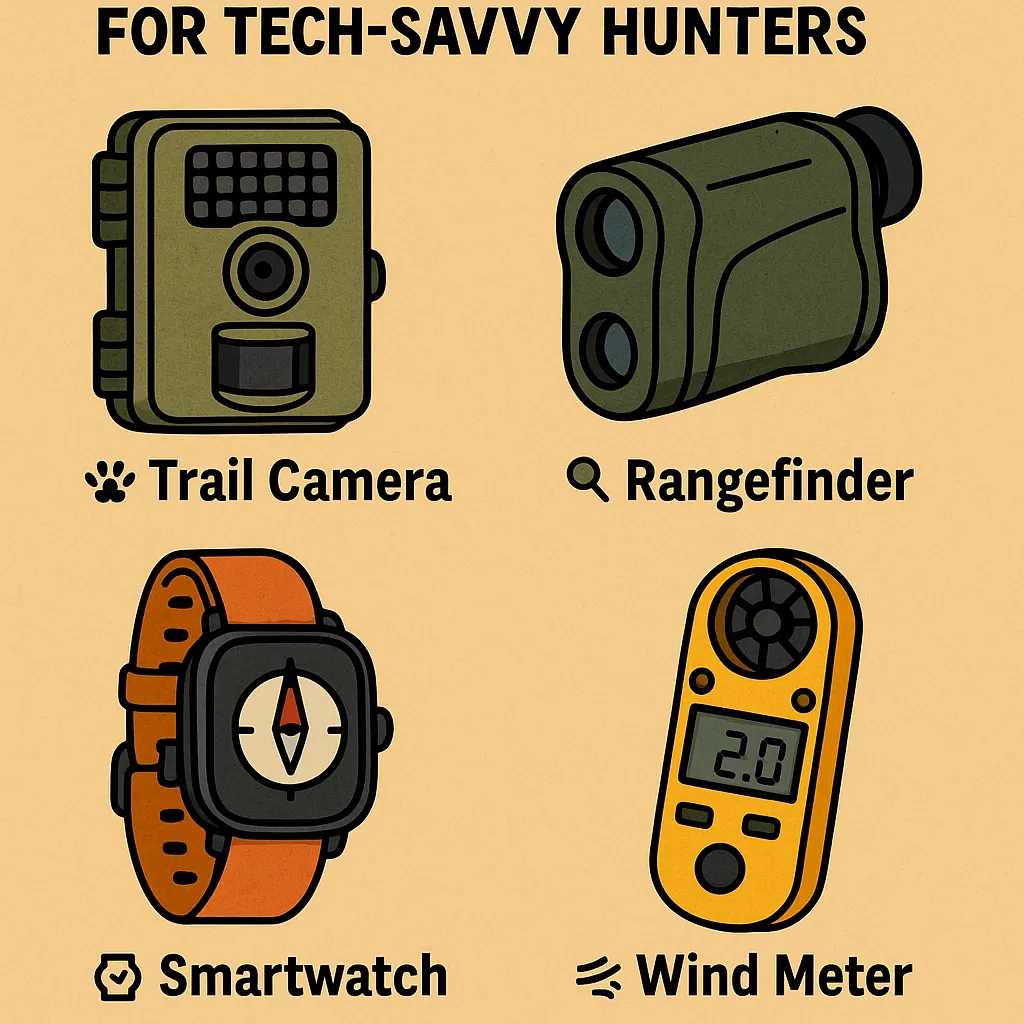
Best Practices for Logging and Analyzing Game Patterns with Trail Cam Data
Trail cameras don’t just snap photos—they tell stories. In 2025, hunters are transforming those snapshots into strategies using game pattern logging systems, time-stamped analytics, and heat-mapping trends. Whether you’re chasing rutting bucks or early-season bears, here’s how hunters are turning trail cam intel into big-game success.
🧠 Step 1: Organize Your Trail Cam Setup From Day One
📦 Standardize Your Gear
- Use labeled SD cards for each camera (e.g., B1 = Bedding Cam 1)
- Format cards before every deployment
- Set all cams to the same date/time sync and photo interval
🗺️ Location Tagging
- Assign GPS coordinates or drop pins in mapping software (OnX, HuntStand)
- Record terrain features: ridge, creek bottom, food edge
🎙️ “I log every cam with a 3-letter zone code and color-code photos by terrain type.”
— Tasha B., Mississippi
📊 Step 2: Log Every Pull With Data Context
| Variable | What to Record |
|---|---|
| Time & Date | Sync with moon phase, pressure, temp |
| Species & Number | Buck, doe, elk, bear, total count |
| Behavior | Feeding, trailing, bedding, cruising |
| Weather Conditions | Wind direction, temp, barometric pressure |
| Moon Phase | Full, new, waxing/waning |
| Location ID | Cam name or GPS pin |
🎙️ “Moon and wind tell me more than time. I always track weather with every pull.”
— Jerry R., Wisconsin
🧰 Step 3: Use Software Tools to Analyze Patterns
🧠 Best Platforms for Trail Cam Data Management:
- DeerLab: AI-driven photo sorting and buck profile tracking
- Spypoint Insiders Club: Pattern detection, AI filters, activity spikes
- HuntStand Pro Whitetail: Photo overlay + weather timelines
- Excel/Google Sheets: Custom spreadsheets for manual loggers
🎯 Features to Use:
- Buck tagging and name recognition
- Movement heat maps by time/date
- Filter by wind direction or moon phase
🎙️ “DeerLab told me my target buck only showed after south winds and rising pressure. Tagged him Nov 4.”
— Nate S., Illinois
🔄 Step 4: Create Actionable Hunt Plans From Patterns
📌 Time Block Patterns:
- Early-season = dawn food edge hits
- Pre-rut = midday scrape check-ins
- Rut = cruising bucks between 9AM–1PM
- Post-rut = late PM feeding trail movement
📍 Location Planning:
- Identify core bedding zones from repeated appearances
- Prioritize stand setups based on most consistent approach trails
- Avoid overhunted trails that show night-only movement
🎙️ “One trail lit up 6–8AM for five days straight. Moved in and arrowed a 10-point the next morning.”
— Chris H., Missouri
🧠 Bonus: Mistake-Proof Logging Habits
- Backup all photos monthly—use cloud or external drive
- Rename photos by cam ID + timestamp for sorting
- Update logs every pull to avoid memory gaps
- Delete junk images (wind, birds, etc.) to stay focused
🎙️ “I delete 1,000 photos of squirrels every season. Keeps me sane and my data clean.”
— Becky L., Maine
📣 Field-Wise Community Resources
- Forums: TrailCamNation, SaddleHunter, HuntData Exchange
- Retail Tools: Cuddeback Cuddelink, Browning Trail Cameras, Tactacam Reveal
- Apps & Logs: HuntStand, DeerLab, BaseMap Tracker
Pro Tip: One photo means a sighting. Ten tagged photos with timestamps means a pattern.
🌟 Final Snap: From Pixels to Patterns
Trail cam data is more than wildlife photography—it’s a tactical archive. The best hunters in 2025 don’t just set cameras—they read them like books. By logging every detail, analyzing behavior, and mapping consistency, they’re turning digital patterns into real-world tags.
“Photos show you animals. Logs show you behavior. Patterns show you when to be there.”
Leave A Comment
Related Posts
Women-Specific Hunting Gear That Actually Performs in 2025 Forget the […]
Must-Have Gadgets Under $100 for Tech-Savvy Hunters You don’t need […]
Eco-Friendly & Sustainable Hunting Gear Options in 2025 The modern […]

